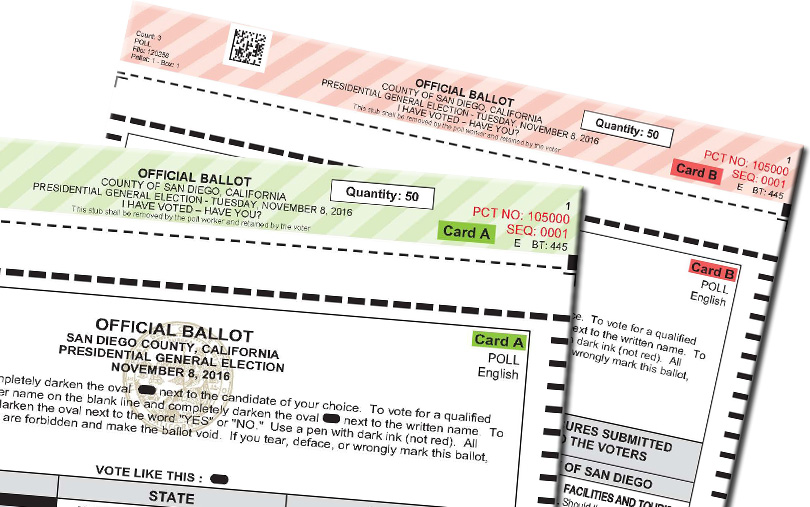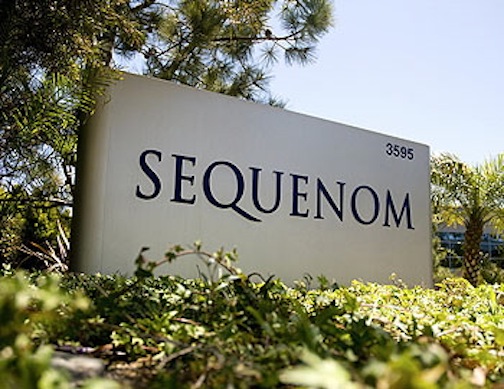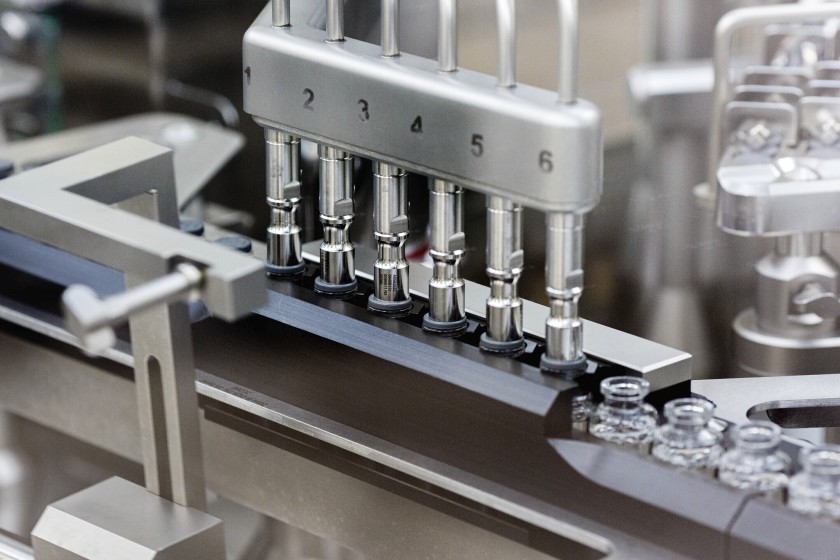Daily Business Report-Oct. 24, 2016
Professor Veerabhadran Ramanathan (Photo by Erik Jepsen, UC San Diego Publications)
Scripps Institution of Oceanography
Research Led to Landmark Global
Agreement Against Super Pollutants
An agreement among more than 170 countries to halt production of hydrofluorocarbons (HFCs) used in refrigerators and air conditioners has its origin in the work of a Scripps Institution of Oceanography climate scientist.
Professor Veerabhadran Ramanathan’s study of the greenhouse effect of chemical compounds used as refrigerants dates back to the early 1970s.
Ramanathan’s landmark 1975 paper that found that chlorofluorocarbons (CFCs) had a greenhouse effect 10,000 times that of the most ubiquitous climate change agent generated by human activities, carbon dioxide.
The damage CFCs caused to Earth’s protective ozone layer led to their phase-out and replacement by HFCs, which unfortunately also have a greenhouse warming effect in the atmosphere several thousands times greater than carbon dioxide.
Ramanathan estimated in studies released in 2010 and 2013 that ending the use of HFCs would reduce warming by 0.5 degrees C (roughly 1 degree F). The estimate was cited by U.S. Secretary of State John Kerry during negotiations earlier this month in Kigali, Rwanda to amend the Montreal Protocol, the agreement that originally phased out CFC use.
______________________
Cubic’s Ventra Mobile App for Chicago
Transit Users Reaches 1 Million Downloads
ExecutiveBiz

Cubic Corp.’s Ventra mobile application has achieved more than one million downloads and was utilized for roughly $110 million in fare payments by Chicago-area transit users a year after its launch.
San Diego-based Cubic Transportation Systems, the Chicago Transit Authority and transit partners Pace and Metra collaborated to launch the transit app designed to help users plan, organize and pay their fares, Cubic said Thursday.
“When we launched the Ventra app with Metra and Pace, our goal was to improve how Chicago commuters get to and from their destinations each day,” said Michael Gwinn, director of revenue and fare systems at CTA.
Cubic noted the app employs the company’s Ventra fare payment system with functions to manage auto-load features, check the balance and view transit purchase and travel history, as well as pay with CTA-issued smart cards, bank cards or mobile platforms such as Apple Pay, Android Pay or Samsung Pay.
The app works to deliver travel information and push notifications and alerts to users in real time, the company said.
______________________
San Diego County Jobless Rate
Drops to 4.7 percent in September
Labor Market Analysts Upbeat
Nonfarm employment up 4,000 jobs over the month; up 30,900 jobs over the year
The unemployment rate in the San Diego County was 4.7 percent in September, down from a revised 5.0 percent in August and below the year-ago estimate of 4.8 percent, the state Employment Development Department reported. This compares with an unadjusted unemployment rate of 5.3 percent for California and 4.8 percent for the nation during the same period.
Between August and September:
Total nonfarm employment increased from 1,419,000 to 1,423,000, a gain of 4,000 jobs. Agricultural employment decreased by 100 jobs, or 1.1 percent.
- The largest over-the-month increase was reported in government (up 4,400 jobs). All sectors added jobs, bolstered in large part by seasonal gains in local government education (up 4,800 jobs), and state government education (up 200 jobs), as classes resumed following summer breaks.
- Educational and health services added 4,000 jobs. Healthcare and social assistance accounted for over 72 percent of the increase (up 2,900 jobs), while educational services contributed 1,100 jobs to the growth.
- Professional and business services expanded by 2,200 jobs, led by employment advances in administrative and support services (up 1,300 jobs), which includes temporary help firms.
- Leisure and hospitality declined by 2,200 jobs as the summer tourist season ended. Other services also reported a month-over loss of 2,200 jobs with declines in all sectors.
Between September 2015 and September 2016:
Total nonfarm employment increased by 30,900 jobs, or 2.2 percent. Agricultural employment declined by 300 jobs, or 3.2 percent.
- Educational and health services posted the largest year-over growth with the addition of 8,100 jobs. Health care and social assistance accounted for 93 percent of the employment growth (up 7,500 jobs), while educational services added 600 jobs.
- Professional and business services expanded by 7,100 jobs overall, led by employment advances in administrative and support services (up 4,200 jobs). Leisure and hospitality also grew by 7,100 jobs over the year, with the largest growth concentrated in food services and drinking places (up 5,800 jobs).
- Overall employment losses were reported in other services (down 900 jobs), construction (down 700 jobs) and manufacturing (down 200 jobs).
“You would think the election would be impacting the employment numbers, but no,” says Phil Blair, president and CEO of Manpower Staffing/San Diego. “This is not a temporary spike due to election jobs such as poll workers and campaign staff. These are permanent government jobs. Combine this with the holiday season hiring spike we expect to see in the coming month and San Diego’s employment picture is going to continue to be strong.”
“Not only has our unemployment rate dropped from the previous month, San Diego had the most number of people participate in the labor force this September than any other year during the same period,” says Tina Ngo Bartel, director of business programs and research for the San Diego Workforce Partnership. “In September 2016, we had 1.59 million people in the labor force, compared to 1.56 million and 1.55 million in 2015 and 2014, respectively.”

______________________

Voter Registration Ends Today
Today is the last day to register to vote in the Nov. 8 presidential election.
You will need to register if you:
- Are not currently registered in San Diego County
- Recently moved
- R/ecently changed your name
If you’re not sure about your registration, check your status online at sdvote.com. If you’re not registered or need to change your registration, you’ll find that form there, too. If your signature is confirmed through Department of Motor Vehicles records, it will automatically be sent to the Registrar of Voters office. If your signature is not confirmed, you can print the form, sign it and mail it to the Registrar.
For voters without access to a computer, registration forms are also available at the Registrar’s office, U.S. Postal Service offices, public libraries, City Clerk offices and Department of Motor Vehicles offices. For voters who need language assistance, election materials are also available in Spanish, Filipino, Vietnamese and Chinese.
Registration forms must be postmarked or delivered to the Registrar by today. The Registrar of Voters office will be open until 8 p.m. Voters may also register online until midnight.
Early voting is already underway at the Registrar’s office in Kearny Mesa located on the County Operation Center campus at 5600 Overland Ave., San Diego. Voters can cast their ballots there from 8 a.m. to 5 p.m. Monday through Friday until Election Day when the voting hours will change to 7 a.m. to 8 p.m. to reflect the hours at the polls, or between 8 a.m. and 5 p.m. on Saturday Nov. 5 and Sunday Nov. 6 for weekend voting.
There is still time to apply for a mail ballot if that is more convenient. Registered voters can request a mail ballot until Nov. 1.
For additional information call (858) 565-5800 or visit sdvote.com.



